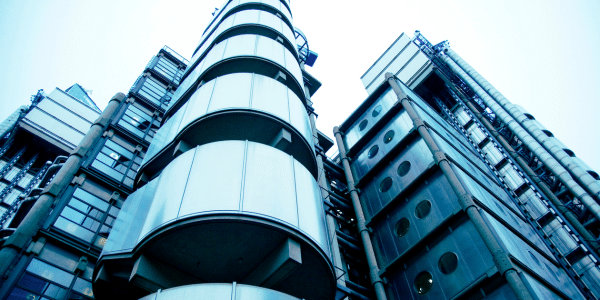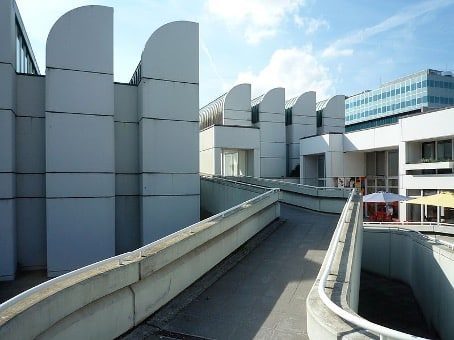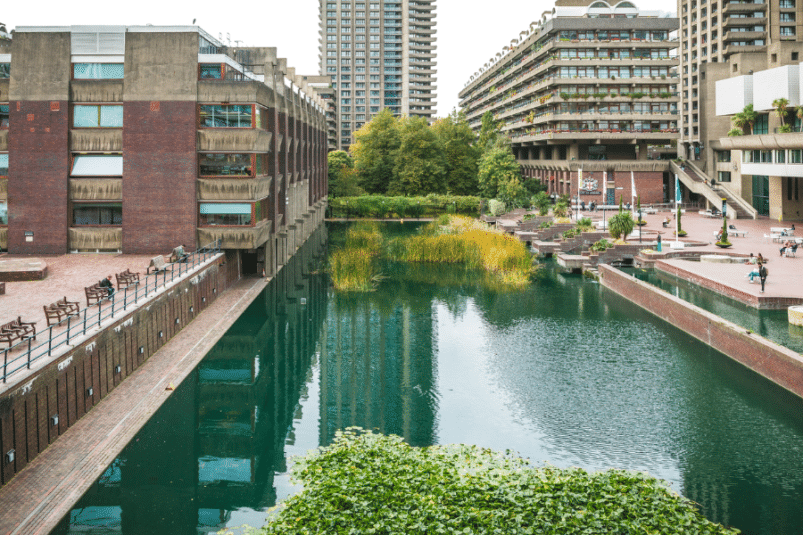Architecture from between 1950 and 1980 is very vulnerable. It is often worn out, outdated, and frequently in need of repairs. Only a few of the outstanding buildings and urban spaces from this period are recognized as heritage. With the rapid changes in our living environment, this ‘modern heritage’ is underprotected and perhaps the category that is under the most pressure. How do European countries deal with the heritage of the future?
Making a comprehensive comparison between what happens in European countries is difficult. They all adopt different forms of management and protection for monuments. In addition, some have been designated as UNESCO World Heritage sites due to their cultural and historical values. It is clear that the protection of modern heritage is a hot topic among heritage enthusiasts throughout Europe. Experts and organizations see the threats and try to raise awareness about it.
Lack of appreciation
But why is there still so little appreciation for the most modern heritage? The first factor is time. It takes time for contemporary structures to gain recognition and appreciation, especially when compared to older, more socially familiar monuments. Moreover, European countries view the subject differently in the political and social context: Eastern Europe underwent significant political, social, and economic changes in the 20th century, particularly during and after the communist era. In some cases, this has led to architecture that was initially not well received or appreciated or that was associated with controversial ideologies or governments.

Additionally, the architecture itself also plays a role. Some contemporary architectural styles, such as Brutalism and Socialist Modernism, do not have broad appeal or aesthetic appreciation, which can affect their recognition as monuments. This is particularly true when compared to more traditional architectural styles that are often associated with the rich history and cultural identity of a region.
Examples of protected architecture
If we start on the western side of Europe, in the United Kingdom, the Royal Festival Hall from 1951 is protected as a Grade 1 listed building, the first post-war building to receive this status. Another notable building is the Lloyd’s building, also known as The Inside-Out Building, in London from 1986, which received Grade 1 listed building status after just a quarter-century.
Crossing the Channel to France, the Maison de la Culture (from 1965) in Le Havre was added to the World Heritage List in 2016, along with 16 other works by Le Corbusier. The Centre Pompidou (1977) in Paris is also well-known as modern heritage. A bit further south, in Spain, the Torre Picasso from 1988 has recently been designated as a modern-era monument. In the southern parts of Europe, the Museo Nazionale dell’Automobile (1960) in Turin is more than worth a visit. In Venice, the Olivetti Showroom (1958) is protected as a monument.
In Germany, it is not surprising that the Bauhaus Archive in Berlin, dating from 1979, has been designated as a monument, given the history of Bauhaus, but the building itself is also unique. It was therefore protected by Germany as early as 1997.

In Eastern Europe, the debate surrounding socialist modernist architecture is ongoing. In Poland, one of the youngest monuments is the Palace of Culture and Science in Warsaw from 1955, just like the Hotel International from 1956 in the Czech capital, Prague. In Romania, the famous Palace of the Parliament (completed in 1997) is protected, and in Bulgaria, efforts are being made to save the “flying UFO” from 1981 from ruin.

UNESCO
The discussion and thinking about how to deal with modern heritage are far from over. Last year, under the auspices of UNESCO, the Modern Heritage Programme was launched to raise awareness about the heritage of modern architecture, urban planning, and landscape architecture. The program is working on a framework to address how we should deal with this vulnerable heritage.

